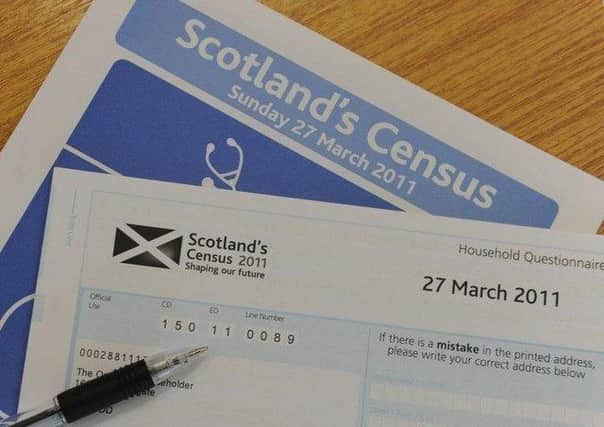Census 2022: New figures show migration is helping to sustain the Scottish population


New statistics show migrants are sustaining the Scottish population, as thousands more are dying than are giving birth.
The National Records of Scotland has released the first set of data from the 2022 census, which shows there were more than 4,000 less births than there were deaths between census day on 20 March and the end of June.
Advertisement
Hide AdAdvertisement
Hide AdThis means the population “naturally” decreased by around 4,200 people.
However the migration population increased in this period of time by 11,900, which helped to sustain the population size in Scotland.
The census research found that as of mid-2022, there were 5,447,000 people in Scotland.
Of these, 51.4 per cent were female, 20 per cent were over the age of 65, and 16 per cent were under the age of 16.
It also found there were only 12,900 births compared to 17,100 deaths.
However when it comes to migration, the census found 25,800 people had moved to Scotland.
This includes 14,300 international immigrants and 11,600 from the rest of the UK.
At the same time 13,900 people left Scotland, including 4,900 internationally and 9,000 to the rest of the UK.
Advertisement
Hide AdAdvertisement
Hide AdThe biggest population centres are of no surprise - Glasgow and Edinburgh came out on top here, with the three island local authorities (Western Isles, Orkney and Shetland) having the smallest populations.
The highest working age populations were in Glasgow (71 per cent), Edinburgh (69 per cent), and West Lothian and North Lanarkshire (64 per cent each).
Almost all areas had more older people over the age of 65 living there than children under the age of 16 - the only places which don’t are Glasgow and West Lothian.
The areas with the highest percentage of over 65s tended to be rural areas - Dumfries and Galloway, Argyll and Bute, the Western Isles and South Ayrshire (all 27 per cent), the Scottish Borders (26 per cent), and Angus, Orkney, and Perth and Kinross (25 per cent).
The UK population meanwhile stood at an estimated 67.6 million people in mid-2022, up by 4.3 million since mid-2011.
England saw the biggest percentage increase across the period, with its population jumping by 7.5 per cent – the equivalent of 4.0 million.
All four UK nations now have a median age in the 40s, with Scotland recording the oldest, at 43.0 years, followed by Wales (42.9), England (40.5) and Northern Ireland (40.0).
The London Borough of Barking & Dagenham had the highest proportion of people aged 15 or under in mid-2022, at 26.0 per cent of its population, followed by Slough in Berkshire (25.0 per cent), Luton in Bedfordshire (23.3 per cent) and Mid-Ulster in Northern Ireland (23.0 per cent).
Advertisement
Hide AdAdvertisement
Hide AdThe City of London had the lowest percentage (4.9 per cent), followed by Westminster (12.6 per cent), North Norfolk (13.3 per cent) and Kensington & Chelsea (13.7 per cent).
The data tends to show “higher proportions of younger people in more urban areas and higher proportions of older populations in more rural areas”.
Comments
Want to join the conversation? Please or to comment on this article.